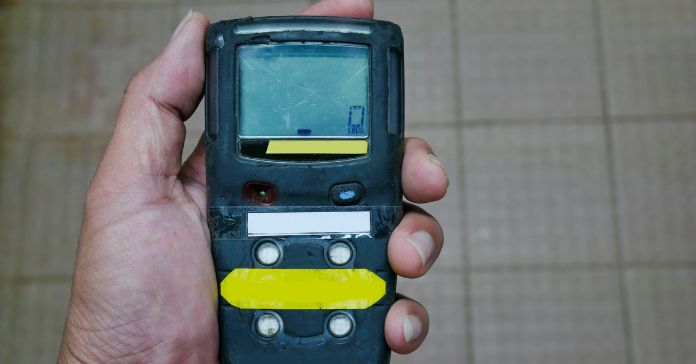
Exposure to toxic gases in the workplace is a serious health hazard that can lead to chronic health issues or even fatalities. Toxic gases can originate from various sources, including industrial processes, construction materials, and even some office equipment. Chemical reactions, combustion, and off-gassing from materials or products may project harmful gases into the environment. Protect yourself and your organization with these four tips to minimize toxic gas exposure in the workplace.
Ensure Proper Ventilation
Ventilation is crucial for maintaining a safe environment, especially in enclosed spaces where toxic gases can accumulate to dangerous levels. Ventilation systems typically consist of intake vents that bring fresh air into the workspace and exhaust ventilation that removes contaminated air. These components work together to maintain air quality by ensuring a continuous flow of fresh air, displacing and diluting toxic gases. Strategically opening windows and doors can create cross-ventilation that dilutes gas concentrations.
Implement Gas Detection Systems
Gas detection monitors equip workers to respond more swiftly and effectively to gas emergencies. These devices can detect a range of gases at parts-per-million levels, alerting workers before gas concentrations become hazardous. By conducting regular tests and calibrations, employers can ensure these protective systems work when needed most.
Standalone fixed gas monitors are critical in areas where the risk of gas leaks is high. One of the most important characteristics of standalone fixed gas monitors is that they do not need to connect to a larger network, so organizations must substantially modify their networked safety systems when installing these devices. They operate independently, require minimal human intervention, and trigger alarms to alert the workforce to elevated gas levels.
Use Personal Protective Equipment (PPE)
PPE such as respirators or gas masks can protect workers from inhaling harmful gases, but only if they fit well and are maintained properly. Organizations must equip personnel with equipment that protects against the specific gases a worker might encounter. They must also provide employees with training and retraining on how to use PPE correctly. Proper use and maintenance of PPE is a simple yet effective way of reducing the personal risk of exposure to toxic gases in the workplace.
Follow Safety Protocols and Training
Comprehensive training and strict safety protocols give personnel the knowledge and skills they need for a safer workplace. Workers must understand the risks associated with toxic gas exposure, how to use safety equipment, and what steps to take in an emergency. Regular drills and training sessions not only equip the staff with knowledge but also reinforce safety as a top priority. Through continual education and practice, employees become better prepared to respond to gas exposure incidents and minimize risk.
Keeping areas well ventilated, having reliable gas detection, using the correct PPE, and sticking to safety protocols collectively form a robust safety infrastructure. By taking these precautions seriously and following these four tips, workplaces can foster an environment where safety comes first. Implement these tips to improve air quality and protect workers’ health.







